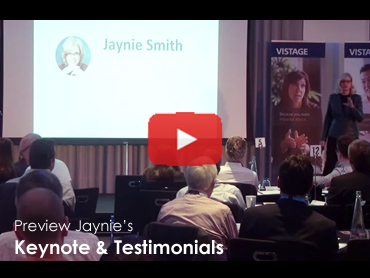Bottom Line Magazine: Build Your Business in Bad Times – Without Slashing Prices
Business people often feel forced to lower their prices when the economy struggles or risk losing their increasingly cost-conscious customers. Fortunately, most customers do not make their buying decisions based primarily on price, even during recessions. They make their decisions based on value. To thrive in times such as these, you must convince customers and prospects that your company offers the best value, even if you do charge a slightly higher price. Here’s how…
Determine your competitive advantage.
A competitive advantage is something that you do better than your competition. It also must be something that customers and prospects value.
Helpful: Family businesses often trumpet the fact that they are family owned…and that they have been in business for many decades. Market research shows that these factors are not important in most purchasing decisions. Exception: A long track record or family ownership might be valued by buyers in sectors known as the Florida home-construction industry following a hurricane.
Prove your advantage.
So many companies claim to provide top-quality products, customer service and value that buyers tend to ignore these boasts. To get customers’ attention you must prove it. The best way to do this is to present your business’s advantage in a quantifiable, nonclichéd way. Examples…
- “96% of our customers become repeat customers.”
- “Our 10-year, 100% satisfaction warranty is the longest and most comprehensive in the business.”
- “Our technicians are on call 24 hours a day, 365 days a year.”
- “99.8% of our products are still working properly five years after installation.”
- “An industry-leading 98% of our deliveries are made on time.”
- “Our products are made in the US. Our call center is located in the US.”
Promote your competitive advantages in your advertising…on your packaging…on your Web site… even on the product itself.
Example: A surgical-glove maker lists its gloves’ technological advantages on the back of the gloves themselves, to increase the odds that doctors and nurses will notice the difference and complain if hospital purchasing managers switch brands. If you have more than one type of customer, each might have a very different priority and respond to a different competitive advantage.
Example: A siding company might promote “install times 25% shorter than our leading competitors” when selling to contractors… but change the message to “the broadest range of colors – 150 to choose from” when selling directly to home owners.
Train employees well.
Make sure that every employee in the company understands that maintaining the company’s competitive advantage is part of his/her job. You will lost all credibility with your customers if you claim an advantage, then fail to deliver it.
*Bottom Line/Personal interviewed Jaynie L. Smith, president of Smart Advantage, Inc., a marketing/management consultancy based in Fort Lauderdale, Florida. She is the author of Creating Competitive Advantage: Give Customers a Reason to Choose You Over Your Competition (Broadway Business).www.smartadvantage.com
About Jaynie L. Smith and Smart Advantage, Inc.
Smart Advantage, Inc. is a marketing consultancy founded by Jaynie L. Smith, author of the best-selling business book Creating Competitive Advantage (Doubleday, 2006). Jaynie L. Smith has been a featured guest on ABC World News This Morning, Bloomberg News, and MSNBC discussing the Smart Advantage Process.
Based on more than 20 years experience with Fortune 500 companies and over 35,000 hours of CEO coaching, Jaynie L. Smith outlines a process for companies to understand, uncover, define, research, and edit their competitive advantages. Smart Advantage has refined, expanded, and licensed this process and consults with companies from Fortune 500 to mid-size and small firms
